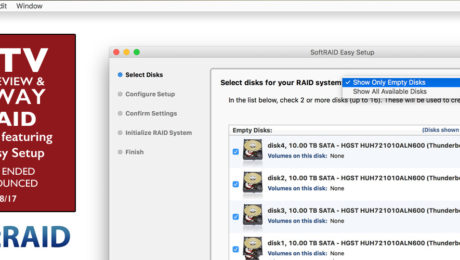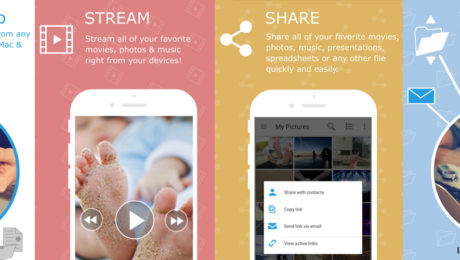A Solution that Increases One-to-One Relationships and Maximizes User Engagement
PARIS, July 06, 2017 – Damdy, a digital Marketing Resource Management (MRM) and Enterprise Video Platform (EVP) software publisher, is pleased to announce the launch of Experience, a solution powered by Microsoft Azure, that maximises user engagement, thanks to interactive, personalised and unique content. Damdy’s clients such as Berluti, Caisse d’Epargne, Dassault Systèmes, Enedis, L’Oréal, Total… would benefit this new service.
This solution is in line with damdy’s more global effort to personalise the relationship between each user and the brand. With Experience, damdy offers companies a new way of communicating and interacting with users by making them the actors in each experience.
At a time when users confess that they are not loyal to any single brand, damdy’s Experience solution proposes a new environment for personalising interactive content. This solution enables marketing and communications services to create true brand storytelling through immersive and exclusive experiences. Simplifying the process of creating experiences and interactive videos naturally adapts to automation marketing campaigns due to multiple “Calls to Action” and precise conversion measurements.
According to Julien Fauvel, VP of damdy, “The new services proposed by damdy, built on Microsoft Azure, enable enriched experiences by exchanging data with information systems and safeguarding sensitive video content, whether customer data or products from CRM or PIM solutions. Exchanges are made safely using SSL, Token or even AES, and user identity is authenticated using a combination of cookies and identity federation services.”
The Experience solution, which is especially well adapted to e-learning and e-commerce, offers a new range of possibilities to marketing and communication services that enrich relationships with employees and above all customers.
Experience provides several ways to measure relevant audiences, such as the rate at which users complete the video, the number of recorded interactions with users or their search histories. These valuable data are then used to refine communication strategy, improve editorial policy or adjust content production.


